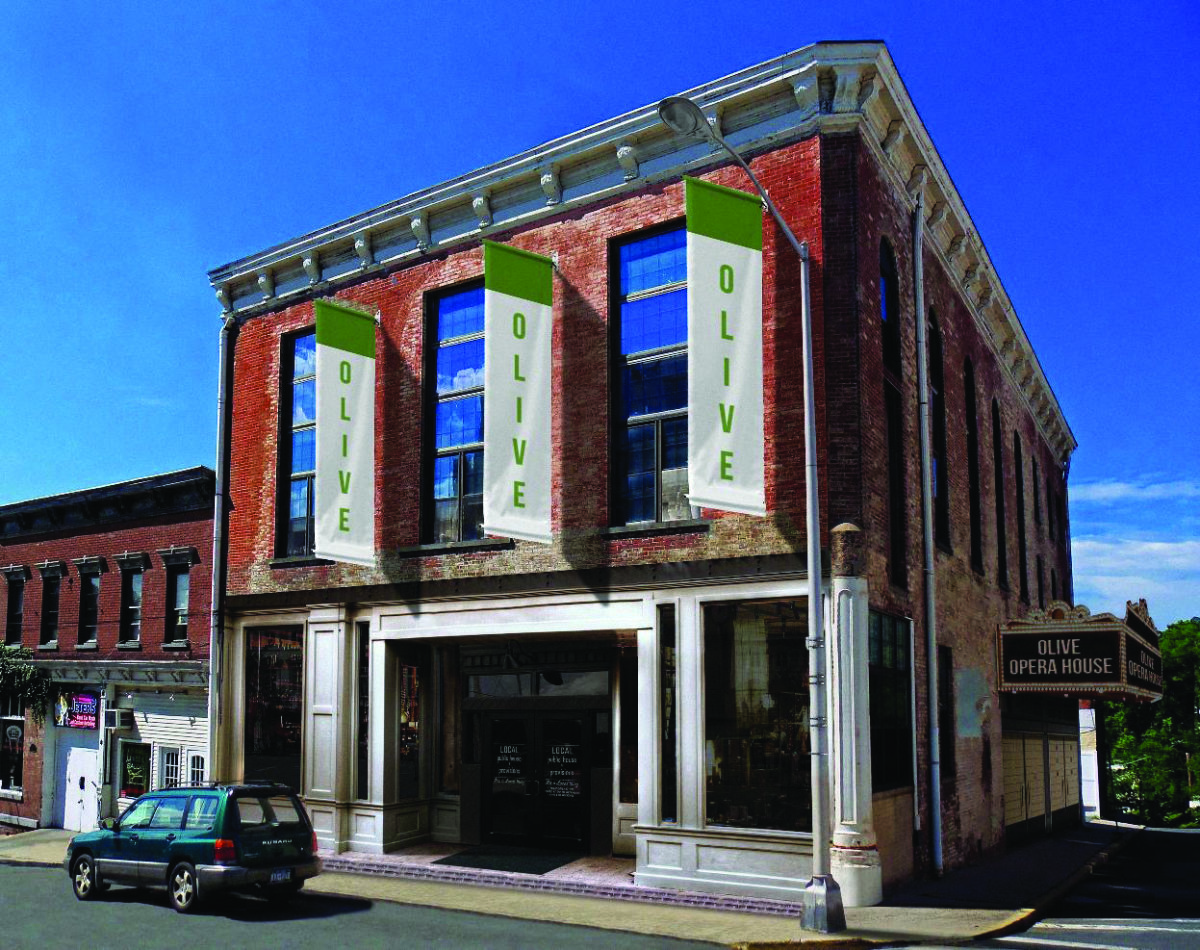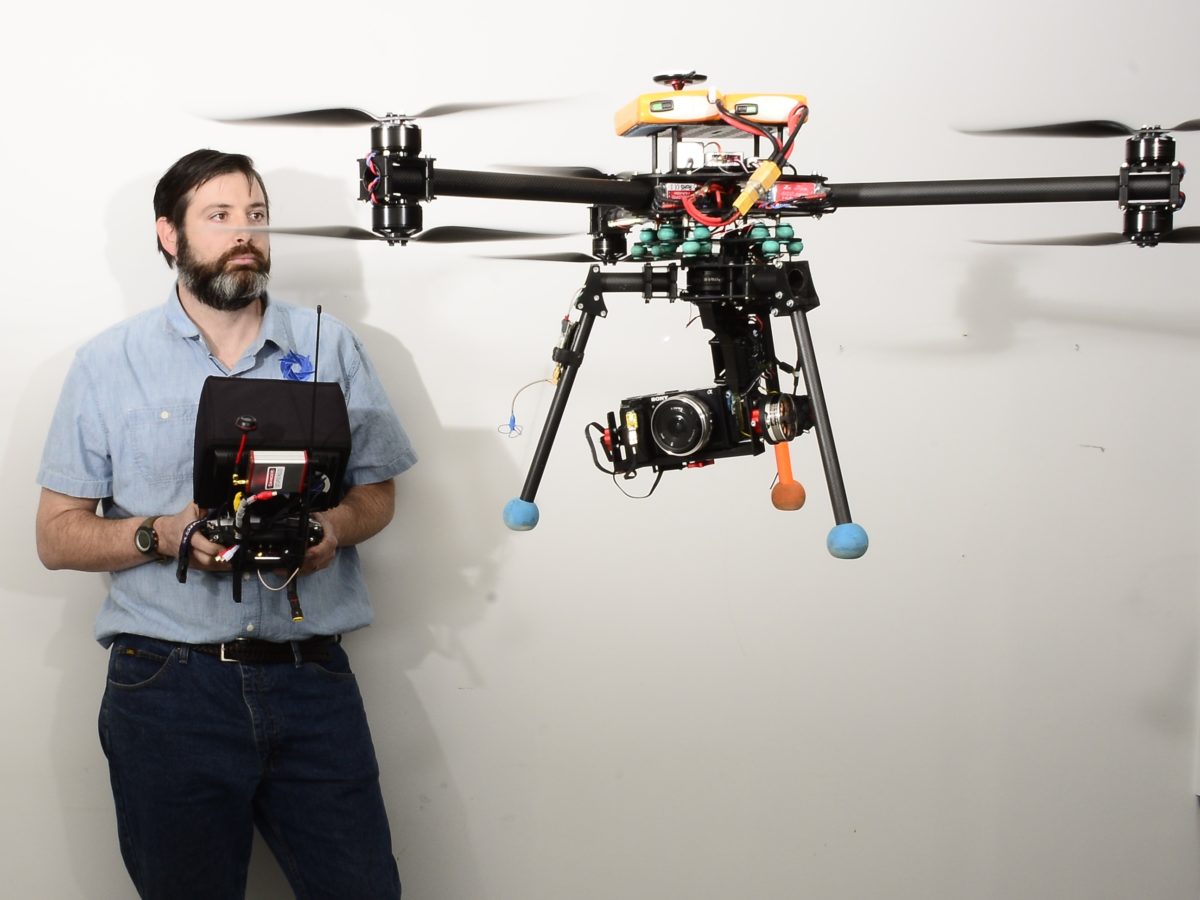On a recent March afternoon, Silver Hill Hospital”™s second-floor arrangement of group therapy rooms, comfortable couches and deep-red chairs at its east campus building known as “the lodge” was empty. Just over a week into the launch of its outpatient opioid addiction program and still conducting evaluations, the New Canaan hospital had yet to see its first admitted patients.
But in the shadows, the program”™s Dr. John Douglas said a tsunami of opiate addiction awaits.
Douglas was brought in last August to design, develop and serve as the clinical director of Silver Hill”™s program, a long-discussed idea that in recent months had become a pressing priority.
Over the past year, Silver Hill had received scores of calls from both addicts and their family members concerned with abuse of opioids, a group of pain-relieving drugs that includes heroin as well as prescription painkillers like hydrocodone (Vicodin), hydromorphone, morphine and oxycodone (OxyContin, Percocet).
Especially concerning is how opioid addiction ”” and access to the drug ”” has affected young adults of suburban areas, such as in Fairfield and Westchester counties, which have similar demographics.
Douglas said the hospital wanted to help, but as the number of addictions skied, insurance companies were reimbursing less and less for inpatient treatments. Then came the idea to develop an outpatient program covered under medical insurance, which could cut the costs of on-campus housing while also giving patients access to families for support during treatment.
“My goal is to help people live functional lives,” Douglas said. “And continue to be alive.”
Silver Hill”™s outpatient program is broken down into three phases: The first is a week-long detoxification and treatment initiation, which stabilizes patients.
The second is a four-week intensive outpatient program, which requires patients come five days a week for three-hour group therapy sessions as well as weekly individual therapy and psychiatric medication management.
The final ”” and longest ”” phase of the program is the “containing care” phase, which requires patients make monthly visits with their families to continue group therapy. Ongoing treatment is vital for any drug overdoses, which now kill someone every 15 minutes, Douglas said.
“More people die from drug overdoses now than they do from traffic accidents,” Douglas said. “It”™s a massive problem.”
In 2013, nearly 16,000 opioid overdose deaths were reported by the National Institute of Health, of which, almost two-thirds were males. According to the NIH, the number of overdose deaths from opioid pain relievers more than tripled between 2001 and 2013.
The NIH found in 2014 that 6.1 percent of high school seniors used opioid pain relievers, a full percentage-point decline from the previous year.  Depending on their age, students could be eligible for Silver Hill”™s program, which serves adults 18 and older.
Opioids, normally used to reduce chronic pain, can be prescribed after a sports injury. Household names like OxyContin and Vicodin can be commonly found in medicine cabinets, where young adults can have access to the drugs. Heroin provides much of the same euphoric effect but is often injected instead. Douglas said the stigma associated with using a drug like heroin does not exist with prescription painkillers, which has also contributed to their rise in use.
Though illegal for those consuming them without a prescription, painkillers are legal for those they are prescribed to; a sense of legality encourages experimentation, he said.
Silver Hill Hospital, an 84-year-old nonprofit psychiatric hospital and addiction treatment center, has appealed to patients because of its off-the-beaten-path location that helps make visits quiet and unnoticed.
Receiving treatment for any type of drug ”” especially as a young adult ”” carries a certain stigma that deters many facing addiction, Douglas said. Some will try to get clean on their own, but Douglas said upward of 90 percent of those who try will eventually relapse.
Up to 12 patients can be admitted in the program”™s intensive outpatient phase at any time, which is currently housed at the lodge. The larger Martin Center ”” also a Silver Hill building ”” across the road will serve as the program”™s permanent home after its ongoing renovation is completed, which Douglas hopes will be by June.
Existing funding was used to create the outpatient program, which has three main staff members besides Douglas ”” Sandra Benti, a licensed clinical social worker; Katherine Reid, a nurse practitioner; and a family program manager, Kathleen Thompson.
Most patients live at homes within driving distance in Connecticut and New York, but Douglas said he anticipates some come from other areas around the country because of the program”™s unique approach. What makes Silver Hill”™s program different is the lack of a residential component, which would require additional licensing and approval, effectively slowing down what has become an urgent need.
Silver Hill”™s Heather Porter, the marketing director, said the hospital also plans to begin an adolescent intensive outpatient program for teens ages 13-17 by the end of April. The goal is to continue fighting drug addiction, which the hospital has been doing for decades.
“Anyone struggling with any kind of addiction needs professional help,” Douglas said.


















